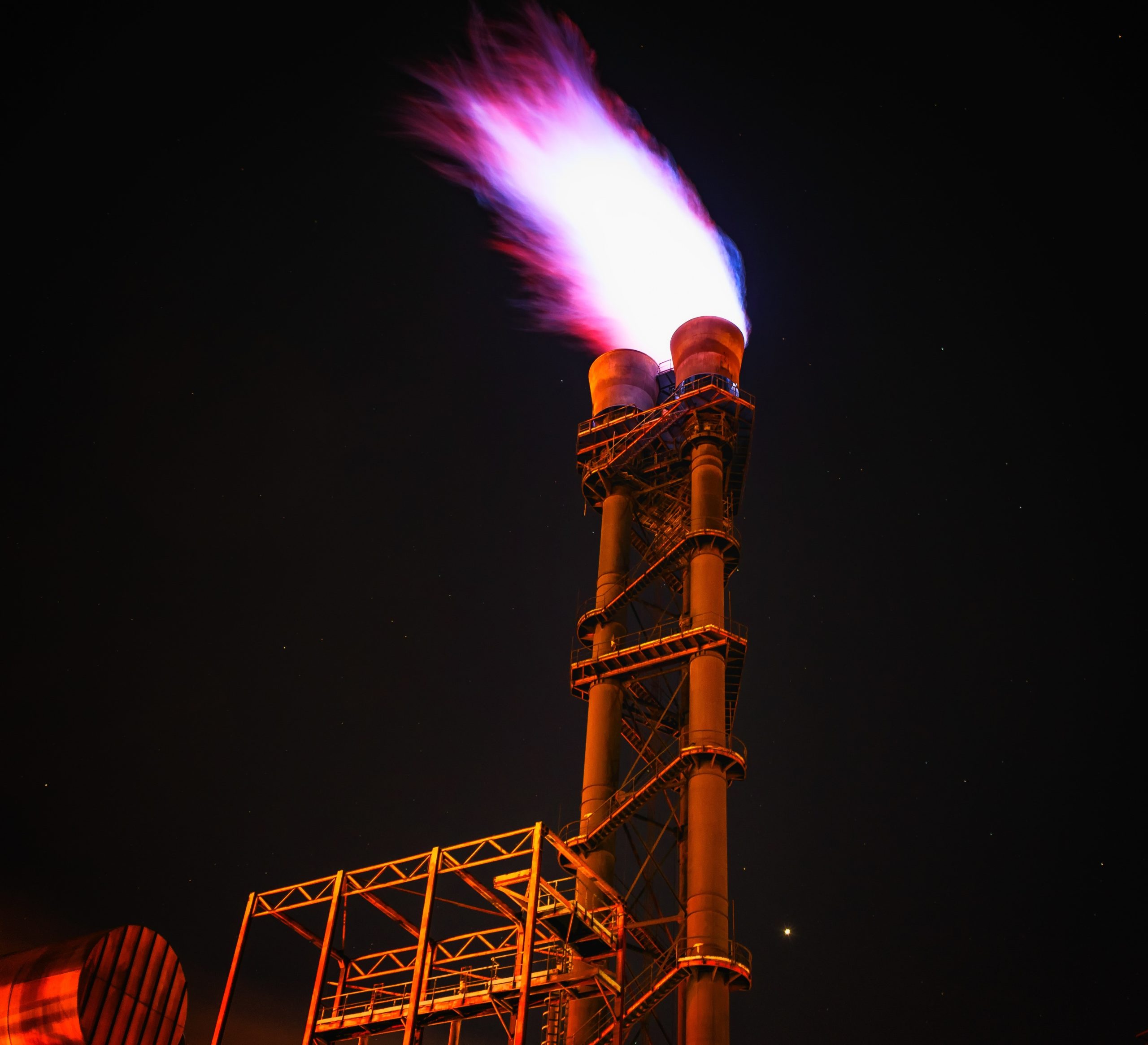In recent years, the Dutch government has learned a hard lesson about gas production: that it can have major implications on the environment and local communities. In 1993, oil majors Royal Dutch Shell and ExxonMobil began constructing a gasfield near the small Dutch town of Zeerijp. The field was meant to be a massive source of revenue for the two companies, but what followed instead were environmental disasters and costly lawsuits. In this article, we’ll explore how the Zeerijp gasfield earned oil majors billions of dollars yet caused earthquakes and environmental destruction in its wake. We’ll discuss why the Netherlands should be more vigilant when granting licenses for oil and gas exploration, so that similar disasters do not occur in future.
What is the Groningen gas field?
The Groningen gas field is a natural gas field located in the Netherlands. It is operated by NAM, a joint venture between Royal Dutch Shell and ExxonMobil. The field has been in production since 1963 and currently supplies about 10% of the European Union’s natural gas needs.
The Groningen field is notable for its high production rates and for the fact that it has caused a number of earthquakes in the region. In 2013, a 5.3 magnitude earthquake struck near the city of Groningen, causing damage to buildings and infrastructure. In 2014, another earthquake struck the region, this time measuring 3.4 on the Richter scale.
Despite the earthquakes, production at the Groningen field has continued unabated. In 2015, NAM announced that it would increase production at the field by 20%, despite calls from Dutch lawmakers to limit or halt production due to the seismic activity.
The history of the Groningen gas field
The Groningen gas field is a natural gas field located in the Netherlands. With an estimated 50 trillion cubic feet (tcf) of recoverable natural gas, it is one of the largest gas fields in Europe. The Groningen field has been in production since 1963 and currently supplies about 10% of the European Union’s natural gas needs.
The Dutch government had originally owned all the rights to the Groningen field, but in 1967, they decided to allow private companies to exploit the field and share in the profits. Royal Dutch Shell and ExxonMobil were among the first companies to take advantage of this opportunity. They quickly began drilling and developing the field, which soon became one of the most productive gas fields in Europe.
However, over time it became clear that the extraction of natural gas from the Groningen field was causing earthquakes. These quakes caused significant damage to homes and infrastructure in the surrounding area. In 2013, a particularly large quake damaged over 1,000 homes and led to calls for an end to gas extraction from the Groningen field.
After years of debate, the Dutch government finally announced in 2018 that they would phase out production from the Groningen field by 2030. This decision will have major implications for both Royal Dutch Shell and ExxonMobil, as well as for the EU’s natural gas supply.
The earthquakes caused by the Groningen gas field
The Groningen gas field is the largest natural gas field in the Netherlands and has been in operation since the 1960s. The gas field is operated by NAM, a joint venture between Royal Dutch Shell and ExxonMobil. In 2013, production from the Groningen field was responsible for 3% of Europe’s natural gas supply.
The Groningen field has been associated with numerous earthquakes, with the most damaging quake occurring in 2012. This quake, which had a magnitude of 3.6 on the Richter scale, caused significant damage to buildings and infrastructure in the surrounding area. In response to this quake, NAM halted production at the Groningen field and instituted a program of seismic mitigation measures. These measures have been successful in reducing the number and severity of quakes associated with gas production from the Groningen field.
The future of the Groningen gas field
The future of the Groningen gas field is shrouded in uncertainty. The Dutch government has been gradually reducing production at the field in recent years in an effort to stem the frequency of earthquakes caused by gas extraction. This has put a strain on domestic supplies and sent prices soaring, with no end in sight.
The Dutch parliament is currently debating a motion to shutter the gas field entirely, which would be a major blow to the country’s economy. It remains to be seen what will happen, but it looks like the days of easy money from Groningen are coming to an end.
Conclusion
The gasfield of the Netherlands has been an incredibly lucrative venture for oil majors, earning them billions in revenue. However, it also caused a series of devastating earthquakes which shook up local communities and environmental movements. It serves as an important reminder that our actions have consequences, both positive and negative, and that we must always consider the full scope of potential risks when seeking to extract natural resources from the environment.











